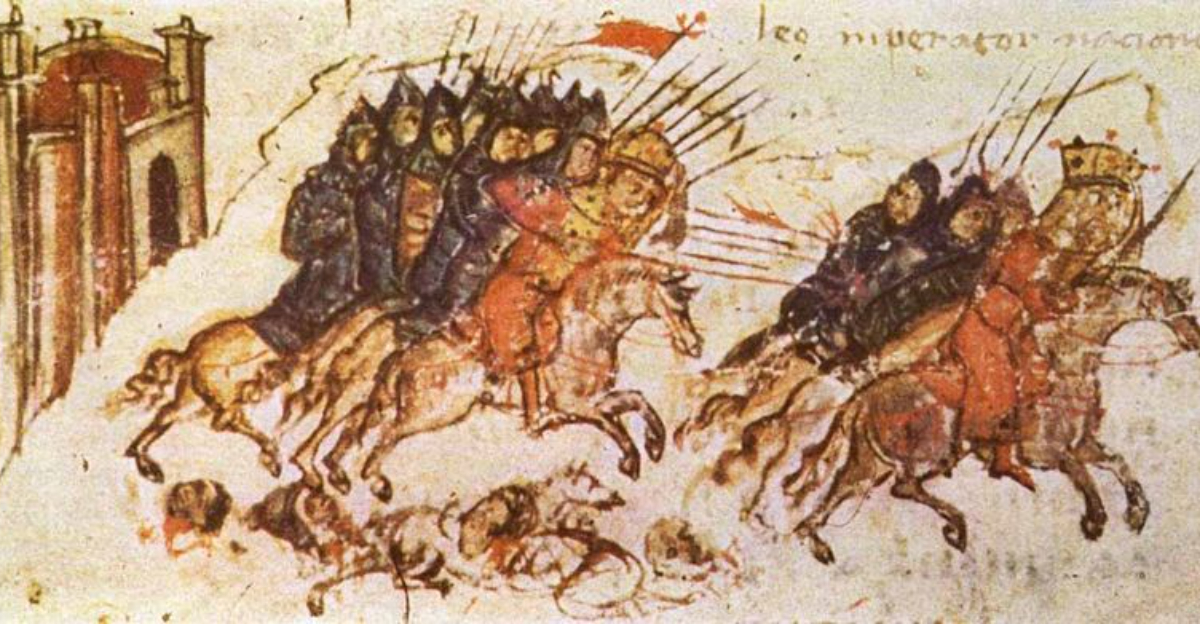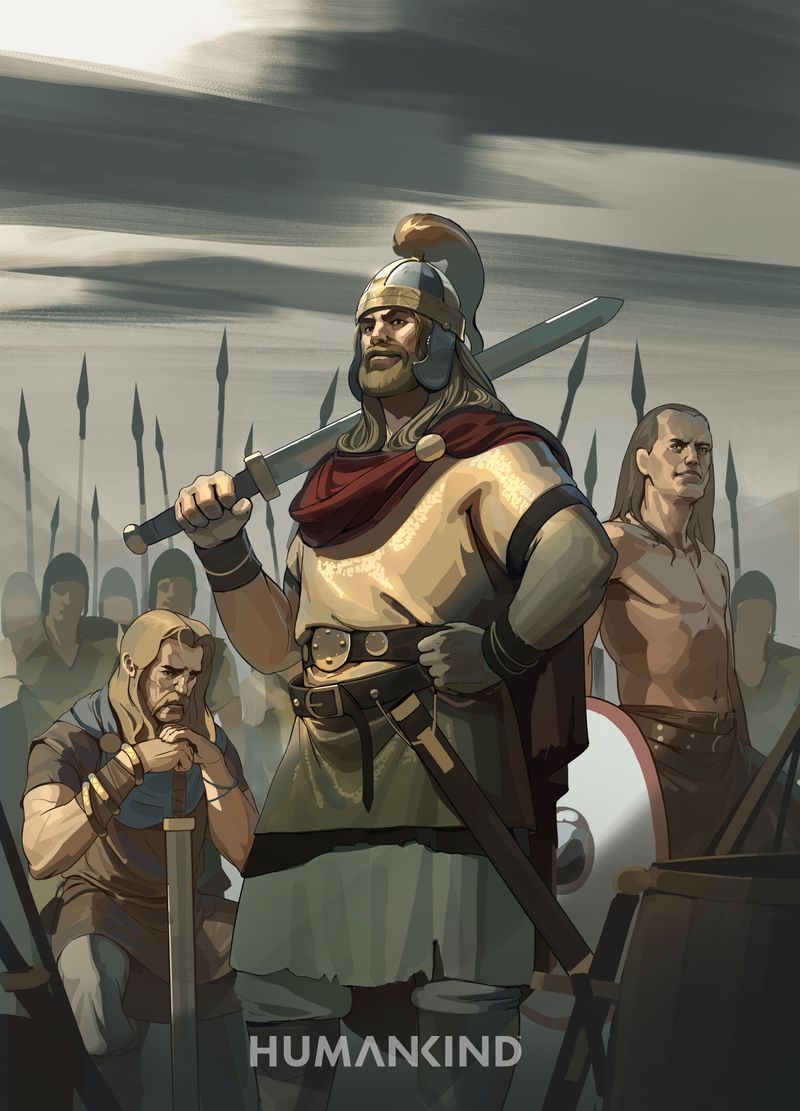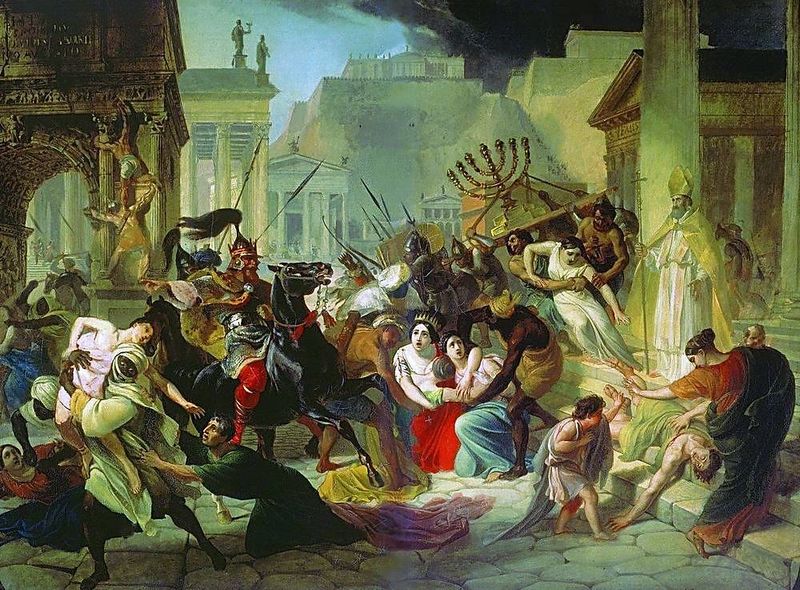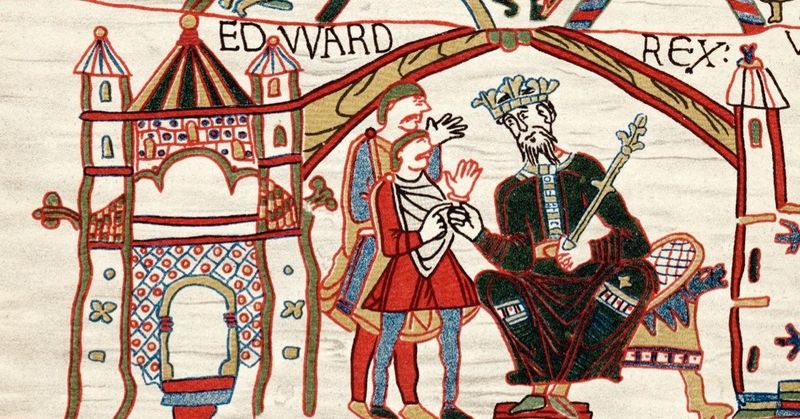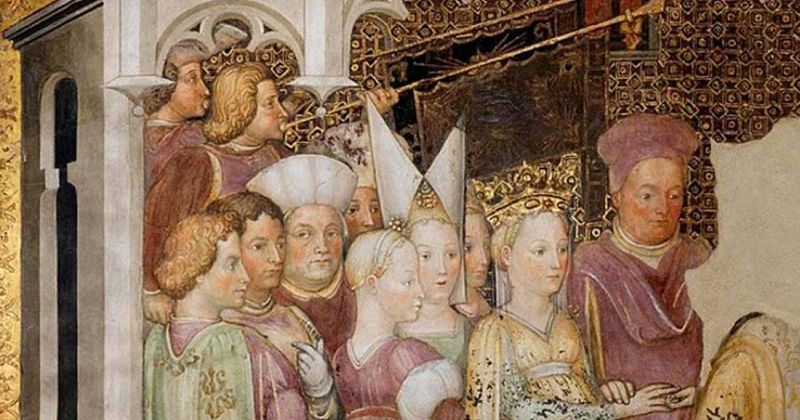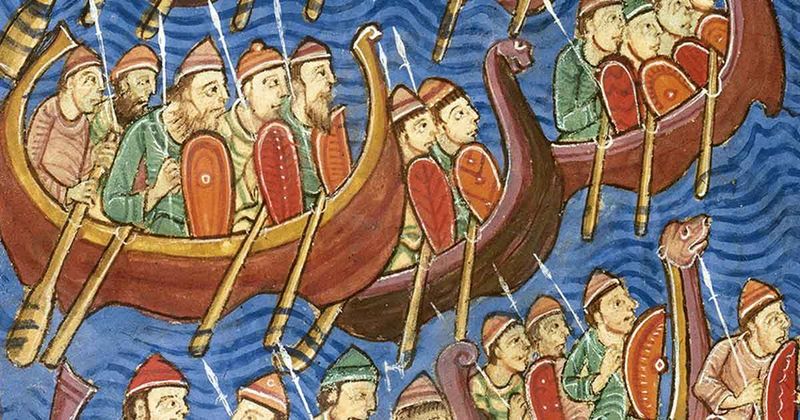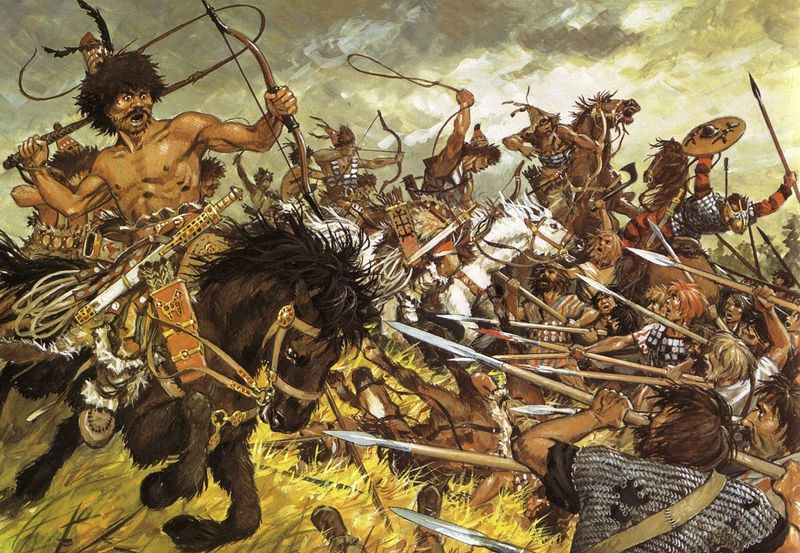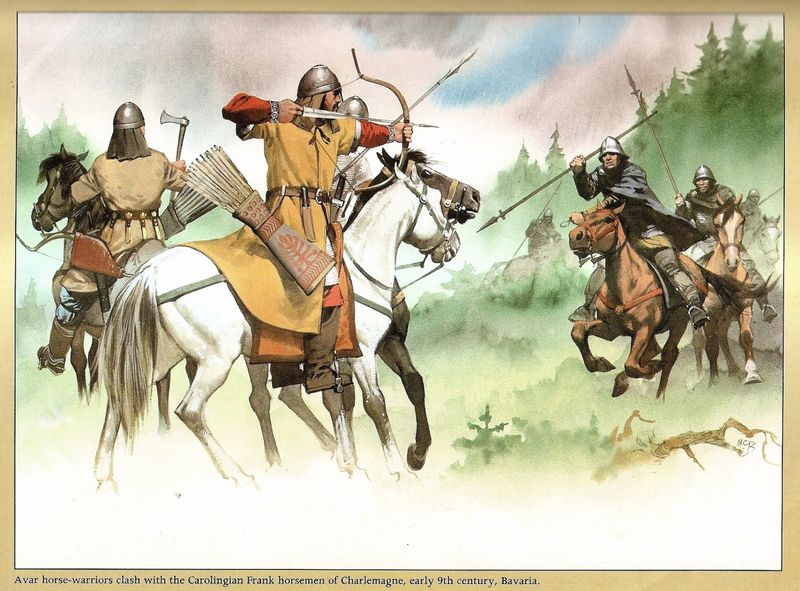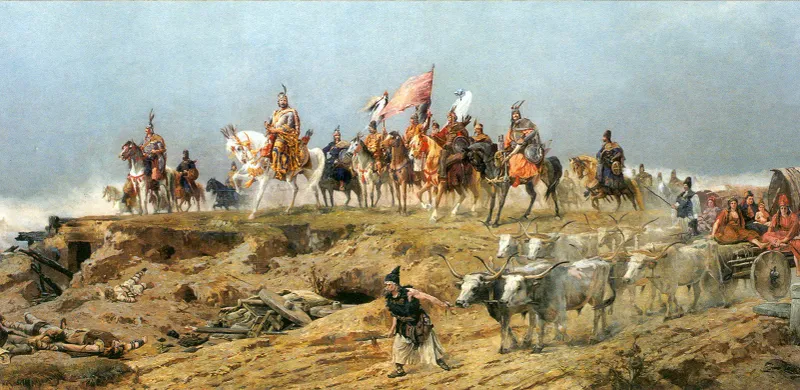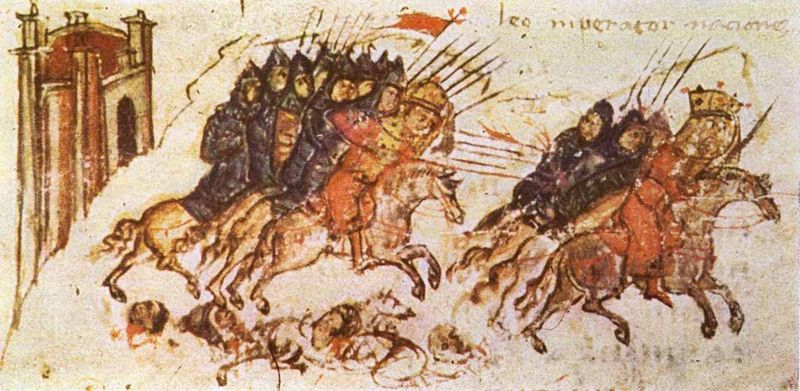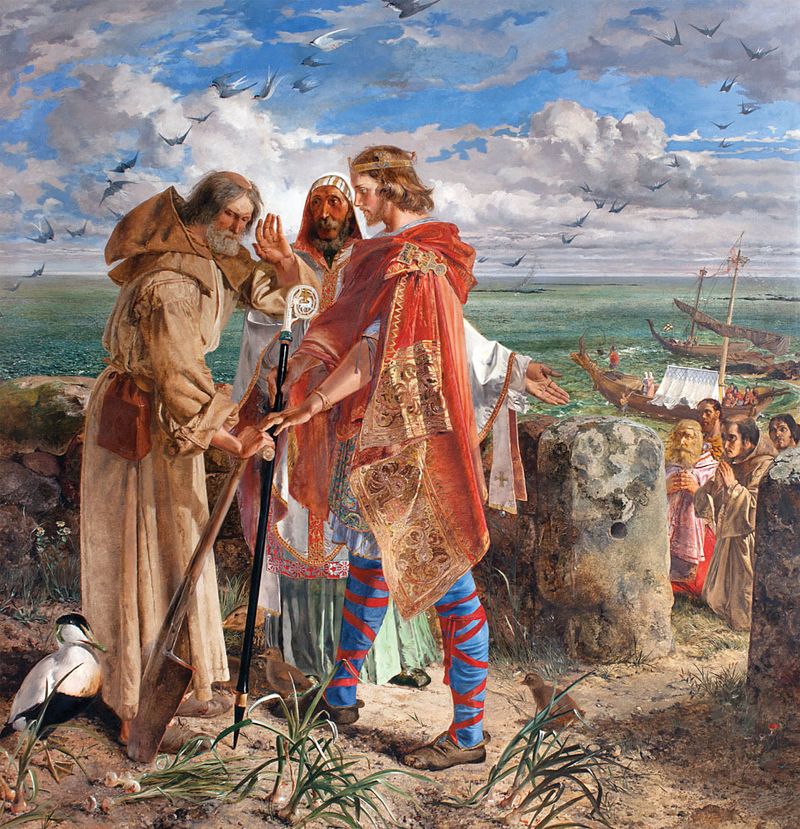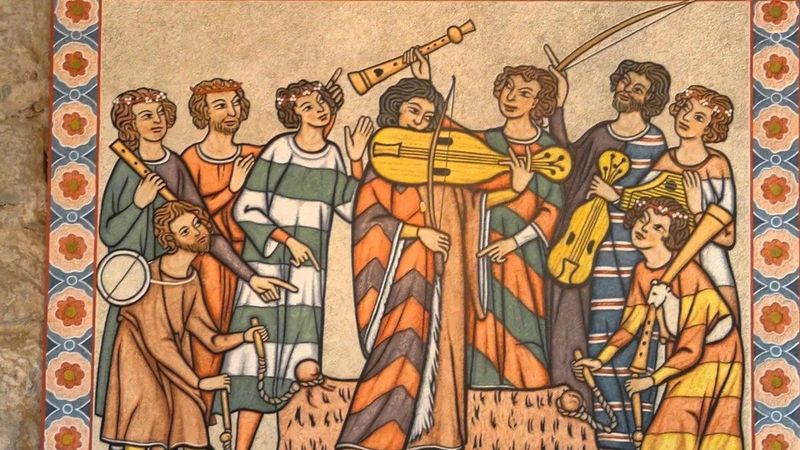Explore the fascinating world of the Dark Ages, where twelve powerful tribes left indelible marks on history. These tribes shaped the medieval landscape with their unique cultures, conquests, and legacies. Their stories unravel a time of transformation and upheaval, setting the stage for the modern world.
1. The Goths (Visigoths & Ostrogoths)
The Goths, a Germanic tribe, originated from Scandinavia and Eastern Europe. Under Alaric I, the Visigoths famously sacked Rome in 410 CE, marking a pivotal moment in history. They later established a kingdom in Spain. Meanwhile, the Ostrogoths founded a kingdom in Italy under Theodoric the Great, ushering in an era of cultural fusion. These tribes profoundly influenced early medieval Iberian and Italian societies, leaving a legacy of Gothic architecture and art.
2. The Franks
The Franks emerged as a dominant force in medieval Europe, originating from modern-day France and Germany. Clovis I, their first Christian king, unified the Franks and laid the foundation for future empires. His conversion to Christianity was a turning point, fostering alliances with the Roman Church. This legacy evolved into the Carolingian Empire under Charlemagne, setting the stage for modern European states. The Franks’ cultural and political achievements resonate through the annals of history.
3. The Vandals
The Vandals, an East Germanic tribe, hailed from present-day Poland. Known for their destructive raids, they sacked Rome in 455 CE under King Genseric, a move that echoed through history. They established a lasting presence in North Africa, where they ruled for nearly a century. Their campaigns left a mark, giving rise to the term “vandalism.” Despite their reputation, the Vandals contributed to the cultural exchanges between the Roman and barbarian worlds.
4. The Anglo-Saxons
The Anglo-Saxons were a coalition of Germanic tribes, including the Angles, Saxons, and Jutes, who migrated from Denmark and Germany to Britain. Their invasion after the fall of Rome led to the formation of early English kingdoms such as Wessex, Mercia, and Northumbria. These tribes laid the groundwork for English culture and language, with their legacy still evident in modern Britain. Their story is one of resilience, adaptation, and cultural integration.
5. The Lombards
The Lombards, originating from Scandinavia, made their mark by conquering Italy in 568 CE. Under the leadership of Alboin, they established a kingdom that lasted until Charlemagne’s conquest. The Lombards influenced the regional divisions in Italy, contributing to its rich tapestry of history. Their governance and culture left an enduring imprint on Italian society, blending with the local traditions to shape a unique medieval identity. The Lombards’ story is one of conquest and cultural synthesis.
6. The Vikings (Norse Tribes)
Vikings, seafarers from Scandinavia, are renowned for their raids and expeditions during the late 8th century. The attack on Lindisfarne in 793 CE marked the beginning of their era of expansion. Settling in regions like England, France, and Russia, they shaped medieval trade and warfare. Their influence extended far beyond raiding, as they established trade networks and cultural connections that spanned continents. The Viking legacy is one of exploration, innovation, and cultural transformation.
7. The Huns
The Huns, nomadic warriors from Central Asia, were led by the formidable Attila. In the 5th century, they terrorized the Roman Empire, pushing Germanic tribes into Roman territories and hastening its fall. Attila’s strategic acumen and fearsome reputation made him a legendary figure in history. The Huns’ movements across Europe caused significant cultural and demographic shifts, setting the stage for the medieval transformations that followed. Their legacy is one of upheaval and change.
8. The Avars
The Avars were Eurasian steppe nomads who rose to prominence in the 6th century. Known for their military prowess, they dominated Eastern Europe and clashed with Byzantine forces. Their influence extended to the Slavic migrations, shaping the cultural landscape of the region. The Avars’ legacy includes their contributions to the development of medieval European societies through both conflict and cooperation. Their history is one of resilience and adaptation in a changing world.
9. The Magyars (Hungarians)
The Magyars, a Uralic people from Central Asia, became known for their raids across Europe during the 9th and 10th centuries. Their strategic mobility and horsemanship allowed them to traverse vast distances. Settling in the Carpathian Basin, they founded the Kingdom of Hungary in 1000 CE. The Magyars’ legacy is one of cultural integration and state-building, shaping the medieval European map. Their story is marked by transformation and endurance amid changing political landscapes.
10. The Bulgars
The Bulgars, originally a Turkic tribe, established the First Bulgarian Empire in 681 CE. Under leaders like Krum, they expanded their territories and influence. Their fusion with the Slavs laid the foundation for modern Bulgaria, creating a unique cultural identity. The Bulgars’ legacy is characterized by their resilience in the face of Byzantine challenges and their role in shaping the medieval Balkans. This history is one of cultural synthesis and conquest.
11. The Celts (Britons, Gaels, Picts)
The Celts, indigenous tribes of Britain and Ireland, included groups like the Britons, Gaels, and Picts. The Picts, known for their resistance to Roman and Anglo-Saxon incursions, maintained their culture in Scotland. The Gaels, in Ireland, preserved their linguistic and cultural heritage. The Celts’ enduring legacy is evident in places like Wales, Ireland, and Brittany, where their cultural traditions survive. Their history is one of resistance, preservation, and cultural richness that continues to inspire.
12. The Moors (Umayyad Caliphate)
The Moors, Muslim Berbers and Arabs from North Africa, conquered Iberia in 711 CE. Establishing the Umayyad Caliphate in Al-Andalus, they ushered in a period of scientific and architectural brilliance. The Alhambra, a testament to their artistic achievements, stands as a symbol of their legacy. The Moors’ influence is felt in the cultural and intellectual life of medieval Europe, fostering advancements that bridged the ancient and modern worlds. Their history is one of conquest and cultural flourishing.
